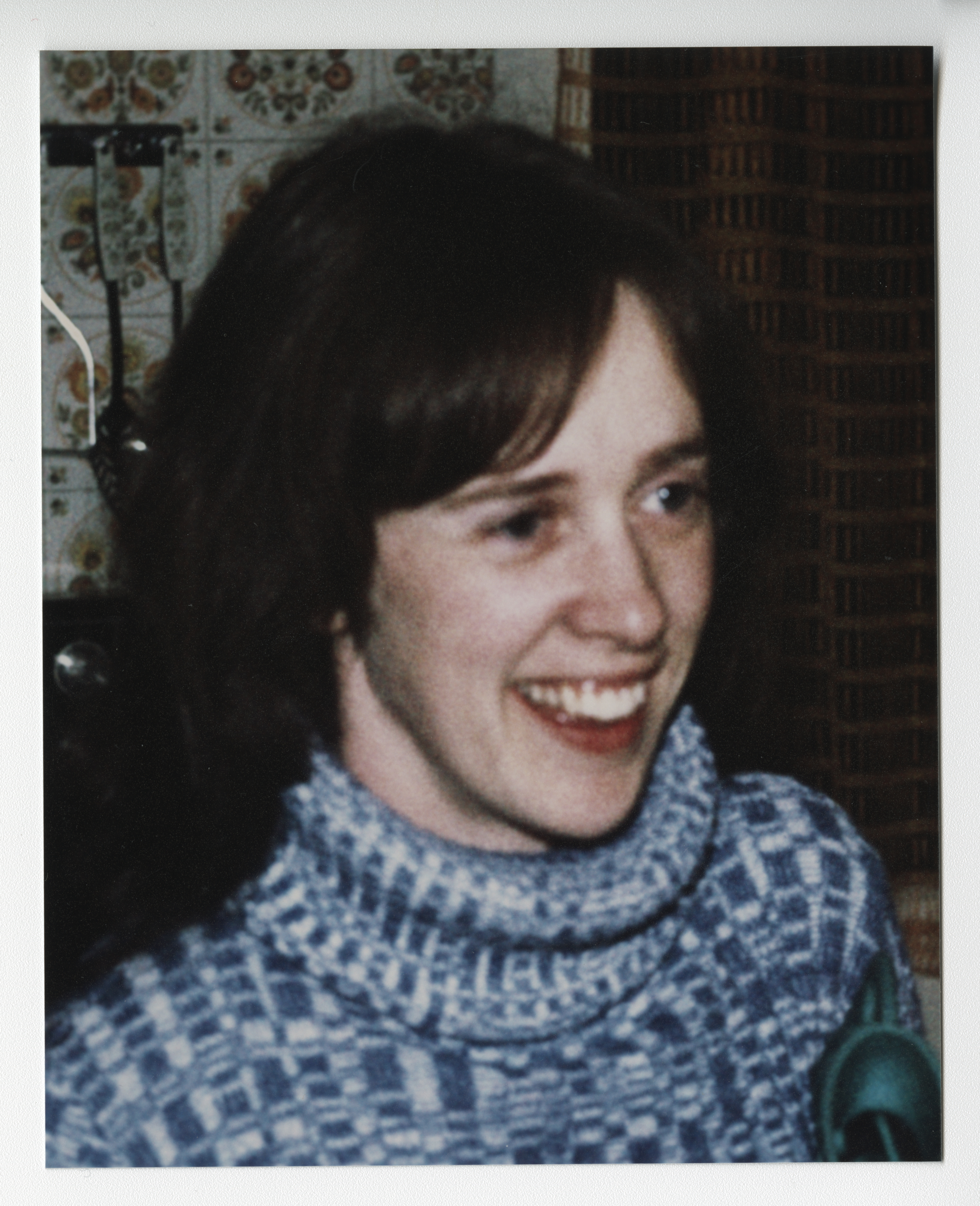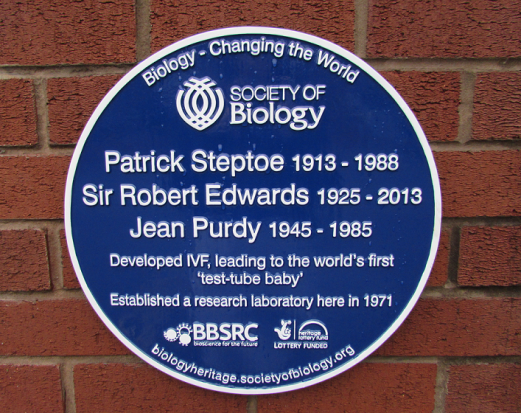The world is full of fascinating stories. They keep things interesting and provide endless material for new exhibitions. However, often it’s this mass of amazing stories that makes the exhibition process so difficult. When you have just a few square metres to discuss a topic as vast as antibiotic resistance or to cover 40 years of IVF technology, decisions on what to include can feel like having just 50p to spend in a vast sweetshop.
Despite this, as soon as we started researching the topic of IVF we knew there was one story that would definitely make the final cut. Jean Purdy was a central figure in the development of IVF and yet she is rarely remembered. That’s why, throughout the exhibition process, we’ve been clear that we will remember Jean Purdy.
In 1968 the embryologist Robert Edwards was just starting out on a new venture with the surgeon and gynaecologist Patrick Steptoe. The pair were planning to use Steptoe’s expertise with early keyhole surgery to explore Edwards’ hope that human eggs could be removed from the body, fertilised and the resulting embryo placed back into the womb to bypass blocked reproductive tracts. It was an ambitious plan, especially as Edwards was yet to fertilise a human egg.
This was the team that Jean Purdy joined. Hired as a lab technician by Edwards, she was tasked with managing the laboratory. But in reality she did much more. Like Edwards she was based in Cambridge, and she regularly drove the hundreds of miles to their clinic in Oldham, Greater Manchester, taking her away from home for days at a time. Purdy was so indispensable that when she was unable to travel while caring for her ailing mother, all work stopped for several months . Of that time Edwards recalled, ‘Jean’s cooperation had become crucial. It was no longer just Patrick and me. We had become a threesome.’

Purdy was not just central to the running of the lab but also to the scientific work. She was a co-author with Robert Edwards on 26 academic publications between 1970 and 1985 and has been credited with being the first person ever to recognise and describe the formation of the early human blastocyst. Her role as an embryologist also led her to be the first person to witness the successful cell division of the embryo that would become Louise Brown, the first IVF baby.
When the team finally found IVF success with the births of Louise Brown and Alastair MacDonald, it was time for them to find a new clinic. It was Purdy that hunted through the old manor houses of Cambridge and finally found Bourn Hall, the first IVF clinic and one that is still running today.
Clearly Purdy was integral to IVF, but even today her name is rarely mentioned. When asking why this might be, we could point to her tragic and early death in 1985, cutting her off in her prime and preventing her from contributing to the many books and documentaries that came later. But this is probably only part of the reason. Patrick Steptoe died in 1988, soon after Purdy but also long before the Nobel Prize that was awarded to Robert Edwards for the work in 2010. Steptoe’s name does not seem to have been lost to the passage of time.
We could also ask if Purdy’s gender meant she was taken less seriously by reporters. Or was her role as a lab technician seen as unimportant next to that of the surgeon and the scientist? Whatever the reason, it was not for lack of trying from Edwards. He repeatedly emphasised Purdy’s importance and unsuccessfully lobbied her name to be added to the commemorative plaque placed at the site of their original clinic.

Forty years since the development of IVF there is renewed interest in Jean Purdy, and her name can finally be seen alongside those of Robert Edwards and Patrick Steptoe on a Royal Society of Biology blue plaque, unveiled in 2015. For us at the Science Museum it has been a pleasure to learn about her work as an IVF pioneer and right this historical wrong within our exhibition. You can’t put everything in an exhibition, but there are some things you absolutely cannot leave out.
See IVF: 6 Million Babies Later at the Science Museum’s Who Am I? gallery until 25 November 2018. Find out more.
One comment on “Jean Purdy – the forgotten IVF pioneer”
Comments are closed.

I was surprised and at the same time delighted to read about Jean Purdy. We were in the same ‘set’ as student nurses at Addenbrooke’s Hospital, Cambridge in the 1960’s. I remember her as a lovely Christian young woman. Once we had qualified as trained nurses many of us lost touch, including Jean. I read of her untimely death in the local paper but was unaware of the work in which she was involved.